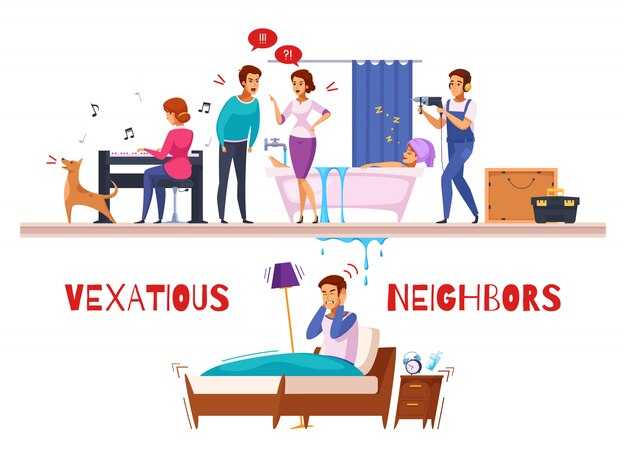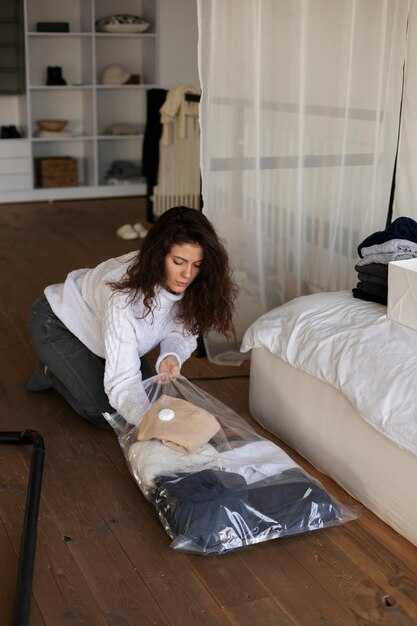Okay — here are three important reasons we should avoid letting our partner feel as if sex has become an obligation. Number one: it erodes trust and makes them feel unsafe. Loving someone means we don’t want them doing things in bed that they don’t genuinely want to do; forcing or expecting that is the opposite of care. It’s important to distinguish between responsive desire — not being in the mood at the moment but being willing to connect in whatever comfortable way presents itself — and a complete lack of desire for intimacy. The key difference is emotional context: in one case the person feels accepted and unpressured, knowing they can stop at any time and their boundary will be respected; in the other they feel coerced or guilty. Number two: when intimacy becomes a task, it kills attraction. Turning the bedroom into a place of expectation and shame makes it something they dread rather than crave. Number three: if sex feels like a chore, it can become physically uncomfortable or even painful, removing pleasure and reinforcing avoidance over time. So how do we change this? Start by being someone they can talk to honestly about their experience. Ask them open, gentle questions such as: Have you ever felt guilty or pressured around intimacy? How do you most readily experience pleasure? What kinds of things turn you on during the day? What helps you unwind after a stressful day? Are there types of nonsexual affection you’d like more of, or do my attempts at affection make you feel pressured? And finally, do you feel safe saying no?
Additional practical steps to rebuild safety, desire, and pleasure:
- Create a culture of consent: Make consent an ongoing, normal part of your relationship. Use simple, direct check-ins (“Would you like to be touched right now?”) and respect a clear no without follow-up bargaining or guilt. Consider small signals (a thumbs-up, a phrase) that make consent easier in the moment.
- Practice nonsexual connection: Rebuild intimacy through touch and time that has no sexual expectation: cuddling on the couch, holding hands, back rubs, or quiet shared activities. These moments strengthen safety and attachment without pressure.
- Use “I” statements and curiosity, not blame: Frame conversations around your observations and feelings (“I notice you seem tense when I touch your shoulder; I care about how you feel”) and ask open questions. This lowers defensiveness and invites honest sharing.
- Learn about responsive desire: Accept that many people experience desire as responsive rather than spontaneous. Instead of demanding desire on cue, create environments that make connection easier — lower stress, flirt during the day, plan low-pressure touch when both are relaxed.
- Try sensate-focus and no-pressure exercises: Short exercises that emphasize non-genital touch and noticing sensation can reduce performance anxiety and retrain the brain to associate touch with safety and pleasure. Set clear boundaries and a comfortable time limit for these practices.
- Address physical sources of discomfort: If sex is painful or consistently uncomfortable, encourage medical evaluation. Conditions like hormonal changes, infections, pelvic floor tension, or medication side effects can be treated. Acknowledging pain as real and solvable removes shame and opens pathways to pleasure.
- Negotiate mismatched libidos compassionately: When desire levels differ, collaborate on solutions: alternate who initiates, schedule mutually acceptable intimacy windows, and expand your ideas of intimacy beyond intercourse. Scheduling can relieve pressure for some couples if framed as a shared plan rather than a demand.
- Offer concrete, low-pressure invitations: Replace vague requests with specific, low-stakes invitations (“Would you like a massage tonight for 10 minutes?”) and always include an easy out.
- Repair harm and rebuild trust: If pressure or coercion has happened in the past, apologize for the impact, avoid minimizing, and ask what would help rebuild trust. Small consistent changes over time are more persuasive than grand promises.
- Use practical language and examples: If you’re unsure what helps, offer options: “Would you like to talk first? Or would you prefer some quiet time together? Or a gentle cuddle?” Concrete choices reduce ambiguity and perceived obligation.
- Normalize checking in: Make quick post-intimacy check-ins routine (“How was that for you? Anything you’d like to do differently next time?”) — this turns feedback into care, not criticism.
- Seek professional help when needed: If communication stalls, trauma or deep shame is involved, or desire and pain persist despite efforts, a sex therapist, couples therapist, or medical specialist can provide structured help and techniques tailored to your situation.
Example phrases that can help create safety: “I want to know what you need from me,” “If you say no, I will respect that—no questions,” “I’m grateful when you tell me what feels good,” and “We can stop anytime.” Small consistent actions — listening without defensiveness, honoring boundaries, and valuing nonsexual closeness — slowly change the emotional context from obligation to invitation. Over time, that shift restores trust, rekindles attraction, and opens the possibility of pleasure that both partners genuinely want.
Practical Steps to Restore Desire and Rebuild Intimacy

Schedule two 20–30 minute “no-pressure” touch sessions per week: no sex expected, only hand-holding, stroking forearms, and eye contact. Put both sessions on the shared calendar, set phones to Do Not Disturb, start with three minutes of synchronized breathing, then increase to 20–30 minutes over four weeks. Track attendance and note one small positive after each session.
Use a short communication script for sensitive topics: “I feel [emotion] when [specific behavior]; I would like [concrete request].” Limit problem discussions to 15 minutes and end with an agreed action or a scheduled time for solutions. In weekly 30-minute check-ins, let each person speak for 60 seconds while the other paraphrases, then list two items to improve before the next meeting.
Run a 7-day micro-experiment to rebuild desire: Days 1–3 – five minutes of non-sexual touch daily; Days 4–7 – add one joint pleasurable task (cook, walk) and one short compliment about attraction. Log daily ratings on a 1–5 desire scale and write one thing that felt different. Compare week-to-week and keep practices that produce at least a +1 change.
Create clear bedroom boundaries: remove all screens, ban work-related conversations in bed, enforce a “no phones after 10 pm” rule, and keep room temperature around 18–20°C. Reserve the space primarily for sleep and intimate connection to strengthen the brain’s association between the bedroom and partnered closeness.
Use sensate focus to reduce pressure: twice weekly, spend 15 minutes on slow, non-genital touch; progress to genital touch only when both partners report comfort. Extend foreplay to 10–20 minutes, use water-based lubricants to reduce friction, and select positions that minimize performance anxiety (side-by-side or spooning for longer mutual contact).
Check physical contributors: order labs – TSH and free T4, total testosterone (men), estradiol (women, if appropriate), prolactin, fasting glucose or HbA1c, and a basic metabolic panel. Screen for sleep apnea if loud snoring or daytime sleepiness exist. Review current medications with a prescriber for sexual side effects (SSRIs, certain antihypertensives, opioids, antipsychotics) and discuss safe adjustment options.
Book targeted professional support if progress stalls: arrange 4–8 sessions with a licensed couples therapist or a certified sex therapist (look for AASECT certification or equivalent). Request at least one session focused on sensate-focus guidance and one on anxiety-reduction techniques that apply directly to sexual performance and desire.
Adopt a 30-day maintenance plan: one monthly “big date,” three weekly skin-time sessions, one agreed sexual encounter per month with no performance expectations, and a weekly desire-rating check. If desire ratings show no improvement after six to eight weeks, escalate to combined medical review and tailored therapy sessions.


 When the Bedroom becomes a Chore…">
When the Bedroom becomes a Chore…">

 Quick Technique to Instantly Change How You See the World">
Quick Technique to Instantly Change How You See the World">
 Get Out of Romantic Obsession And Open Your Life to Real Love">
Get Out of Romantic Obsession And Open Your Life to Real Love">
 Anxious vs Avoidant: The Dramatic Relationship Trap You Can’t Escape | Avoidant attachment style">
Anxious vs Avoidant: The Dramatic Relationship Trap You Can’t Escape | Avoidant attachment style">
 7 SECRET TESTS You MUST Pass for AVOIDANTS to CHOOSE YOU | Avoidant Attachment Style">
7 SECRET TESTS You MUST Pass for AVOIDANTS to CHOOSE YOU | Avoidant Attachment Style">
 Why You Might Still Feel Lost — EVEN After Therapy, Courses & Trying Everything">
Why You Might Still Feel Lost — EVEN After Therapy, Courses & Trying Everything">
 I Had No Friends… But Here’s What Finally Changed">
I Had No Friends… But Here’s What Finally Changed">
 Why Avoidants Only Chase You When These 3 Hidden Needs Are Triggered | Avoidant attachment style">
Why Avoidants Only Chase You When These 3 Hidden Needs Are Triggered | Avoidant attachment style">
 Commitment means MORE than not Getting Divorced">
Commitment means MORE than not Getting Divorced">
 Avoidant Attachment: This "Shift" Isn’t Rejection. It’s Love (Don’t Walk Away) | Jordan Peterson">
Avoidant Attachment: This "Shift" Isn’t Rejection. It’s Love (Don’t Walk Away) | Jordan Peterson">
 ">
">